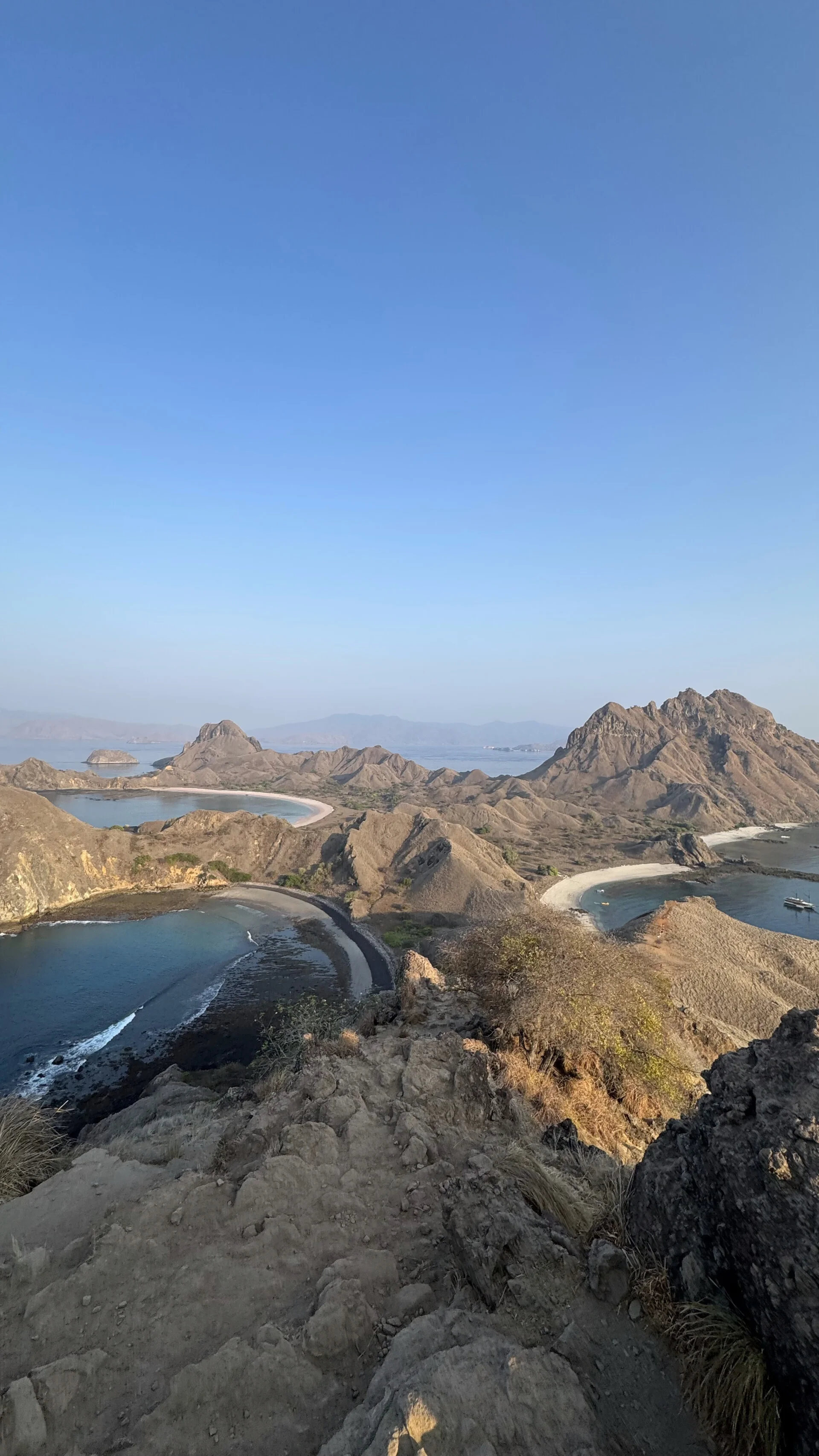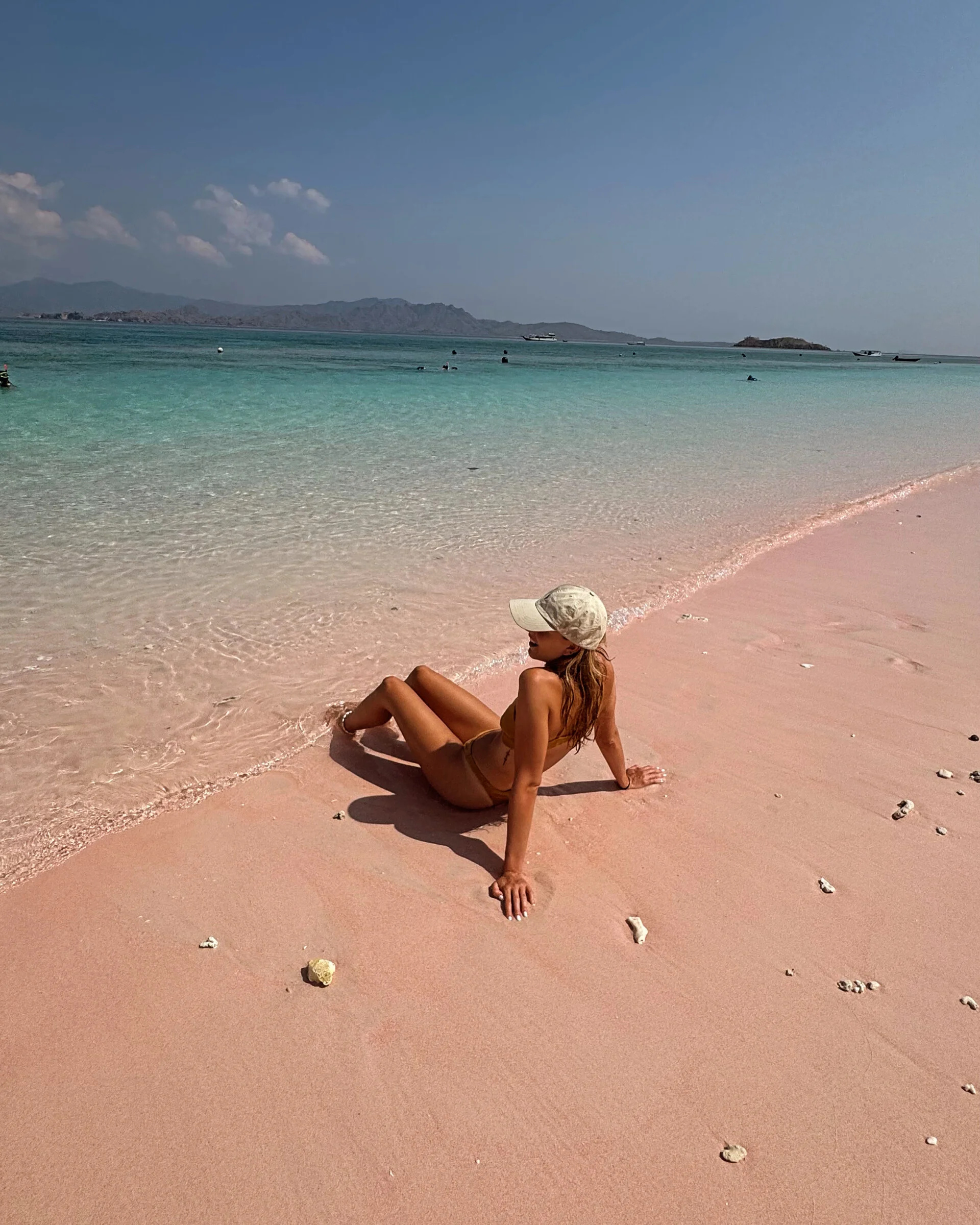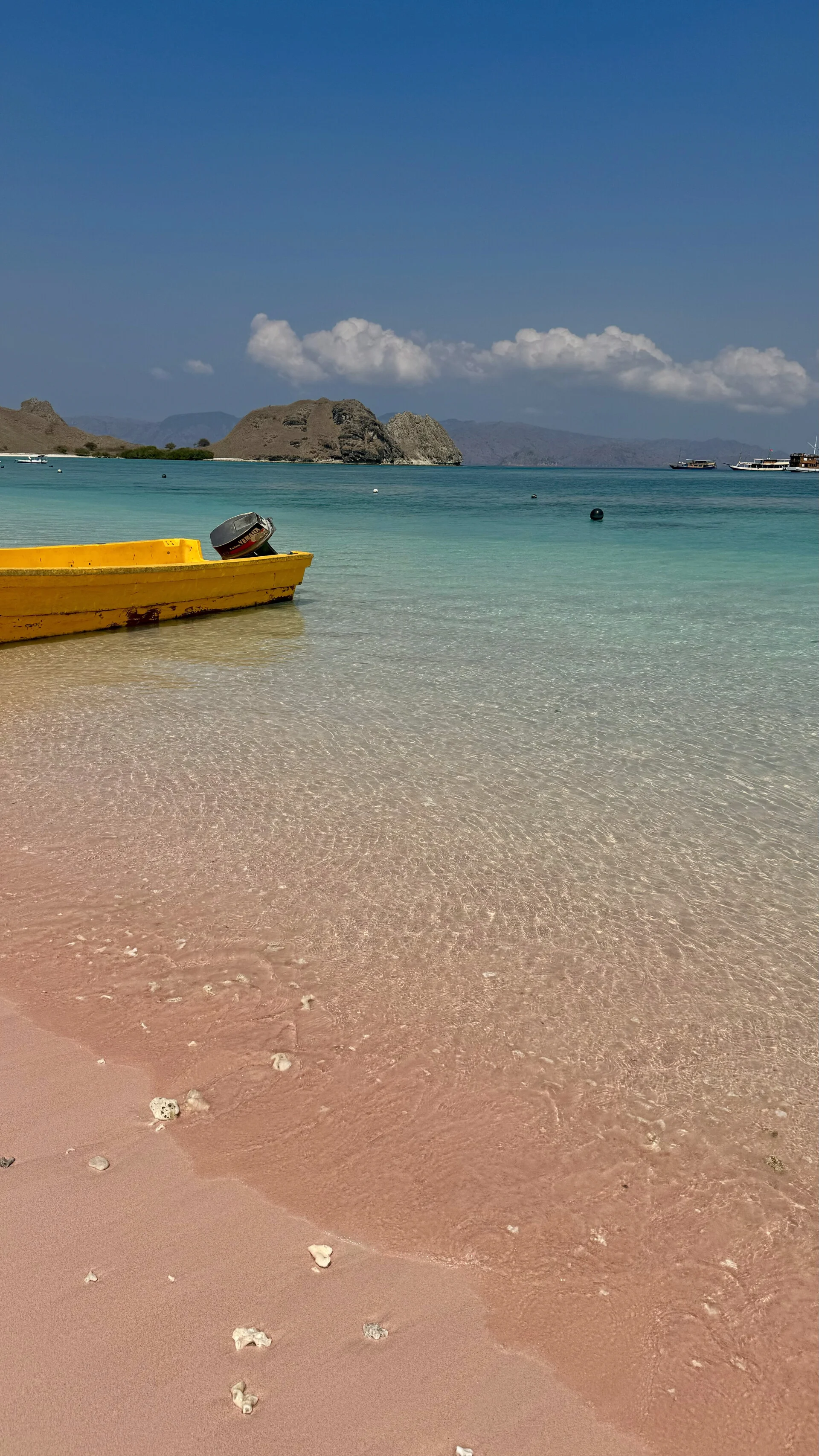Exploring the Wonders of the Komodo Islands: Dragons, Diving, and Untamed Beauty
- Margaux Delang
- 1 okt 2024
- 5 minuten om te lezen
The Komodo Islands are a breathtaking destination known for their rugged landscapes, pristine beaches, and rich marine life. Home to the iconic Komodo dragon, these islands offer more than just wildlife encounters. From world-class diving spots teeming with vibrant coral reefs and manta rays to hiking trails with panoramic views, the Komodo Islands are a paradise for adventurers and nature lovers alike.
Boat Tour
If you have the time, a boat tour around the Komodo Islands is a must-do when visiting Flores. Most of these boat tours can be booked locally by simply strolling through the center of Labuan Bajo and making a decision there.
The boat tours generally follow similar routes, but the price differences lie in the levels of comfort and luxury. One of the more comfortable and well-known organizations offering boat tours is Le Pirate. At Le Pirate, you pay around 900 euros for one cabin for two people for a two-night, three-day tour.
We booked our boat tour with a bit less comfort and luxury but still excellent with Family Labuan Bajo Tour & Travel. For a room with two beds, you pay around 470 euros for a two-night, three-day stay, including all meals and drinks, pick-up and drop-off at your hotel, and snorkeling gear. However, this price excludes all entrance fees for the national parks.
You can reach the organization and make a booking via the following number: +6281338513190
Itinerary
Day 1

Kelor Island
Kelor is a charming small island situated in front of the stunning hills of Flores. It’s a must-visit destination within Komodo National Park due to its incredible views from the island's peak. A brief 15-minute hike will take you to the summit, where you can enjoy a panoramic vista of Flores, Rinca Island, and numerous other small islands. It’s the perfect location for capturing amazing photos and selfies. The island also boasts two pristine white sandy beaches, ideal for relaxing and swimming before returning to Labuan Bajo after an unforgettable journey through the magnificent Komodo National Park.
Manjarite
Manjarite Island, though not widely known, is a hidden gem that few boat providers include in their itineraries. Located about an hour from Labuan Bajo and near Rinca Island, it features a small wooden pier and remains uninhabited. The island boasts clear, greenish shallow waters, with depths ranging from 3 to 5 meters. Its calm, wave-free waters make it an ideal spot for easy snorkeling or simply relaxing on the boat.
Kalong island

This small island, covering less than five hectares, boasts exotic scenery and is located in Komodo National Park, near the main Komodo Island. It's renowned for its colony of giant fruit bats, affectionately known as "Flying Foxes," which inhabit the island's mangrove forests. The island's name, Kalong, means bat in the local language, highlighting this distinctive feature that draws many visitors. Despite their large size, these bats are harmless to humans.
One of the island's most exotic attractions is the spectacular display of bats flying over the island at sunset. As dusk approaches, thousands of bats emerge from the trees, leaving their hiding places to forage for food. They energetically take to the sky, creating one of the most breathtaking natural displays in the park. You can enjoy this impressive sight for nearly 30 minutes as waves of bats fly over the anchored boats. During the day, these bats rest and hide within the mangrove forest.
Day 2
Padar Island
Padar Island is situated between Komodo and Rinca Islands. Although Komodo dragons once roamed here, they were forced to leave due to a lack of food and hunting pressure. Today, you won't find Komodo dragons on Padar Island, but it remains a must-visit destination.
The hike to the top of Padar Island is manageable even if you're not in peak physical condition. In fact, you don't need to reach the very top to enjoy the best view; I found the scenery from a slightly lower vantage point to be even more stunning.
Pink Beach
This beach boasts sand that appears pink due to the mixture of white sand and fragments of colorful coral. The beach is at its most beautiful during sunset.
It's no surprise that many weddings are held annually at Pink Beach. The waters around the beach are perfect for snorkeling and diving, with over 1,000 different species of fish and 260 varieties of coral to admire.
Manta Point
Manta Point in Komodo National Park is the premier location for spotting schools of Manta Rays. It’s highly recommended for both diving and snorkeling enthusiasts. Located about 25 minutes by boat from Pink Beach on Komodo Island, this spot is ideal for observing these majestic creatures.
Giant Manta Rays are often visible even from the boat, especially in clear water. However, snorkeling or diving offers the best opportunities to see them up close.
Manta Point is accessible year-round, but the dry season from April to September is the most recommended time to visit due to favorable weather conditions throughout Komodo National Park.

For those aiming to see a large number of Manta Rays, the period from December to February is ideal, although it coincides with the rainy season. During this time, the park experiences windy, rainy weather and rough waves, and the currents at Manta Point are particularly strong.
Manta Point boasts an incredible array of marine life beneath its waters. Renowned for its population of Manta Rays, this spot also showcases stunning coral gardens teeming with vibrant fish.
Komodo Island

One of the most renowned destinations in the area is Loh Liang, a primary attraction for tourists. Here, visitors can witness the impressive Komodo dragons roaming freely in their natural habitat, marveling at their size and distinctive appearance.
Loh Liang offers various trails to explore, ranging from short and medium routes to more adventurous and lengthy tracks. Visitors are advised to choose their path wisely, with the option to enlist the assistance of a Jagawana or local guide for a safer journey, albeit at an additional cost.
While sightings of Komodo dragons can be unpredictable, visitors may also encounter other wildlife such as Timor deer, a primary food source for the Komodo dragons, as well as various bird species, including the common yellow-crested cockatoo. Numerous viewing spots provide opportunities to observe these birds in their natural habitat.
Siaba Island
Siaba Island is renowned for its remarkable underwater biodiversity, earning it the moniker "City of Turtles." This tourist destination is a haven for various marine life, including turtles, jellyfish, cuttlefish, seahorses, mandarinfish, jaranseafish, cowboy shark, and staghorn coral. The vibrant coral reefs serve as a gathering place for these creatures, offering a spectacular sight for divers and underwater enthusiasts. With its crystal-clear waters, Siaba Island provides excellent visibility for observing the diverse marine ecosystem beneath its surface, making it a favorite spot for diving and underwater exploration.
Day 3
Kanawa Island
Kanawa Island is a hidden gem located 15 kilometers off the west coast of Flores. This small tropical island offers excellent snorkeling and diving opportunities, with coral reefs teeming with colorful corals and tropical fish surrounding its shores. The beaches are tranquil, adorned with white sand and palm trees, creating a picturesque scene straight out of a postcard, especially with the almost fluorescent green sea. Besides water activities, visitors can also enjoy beautiful walks on the island. At its center lies a low hill, providing panoramic views of the stunning surroundings.



